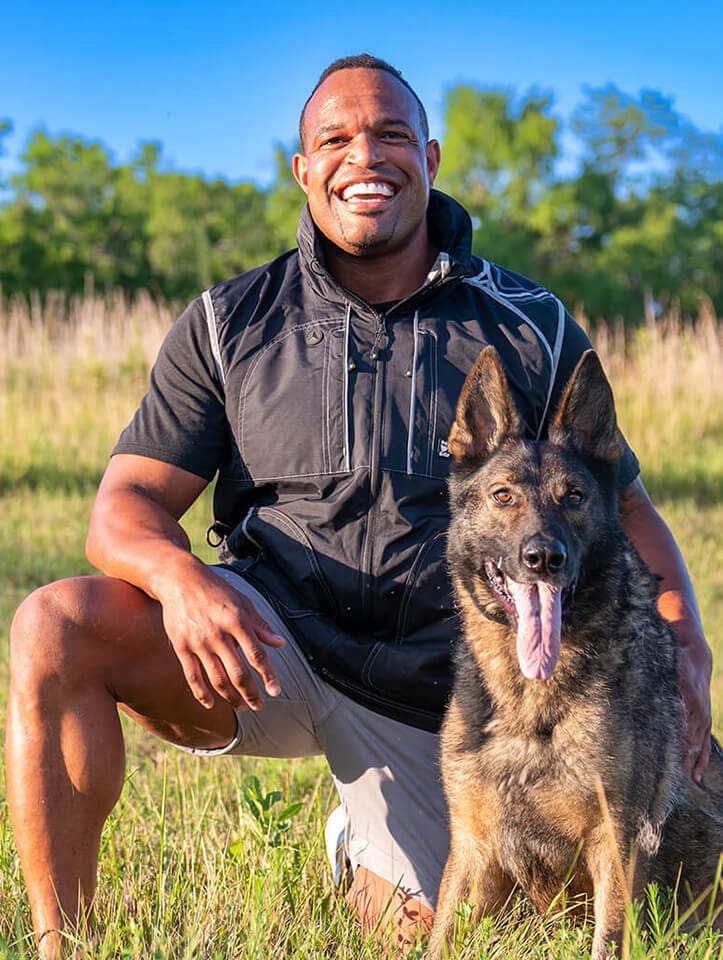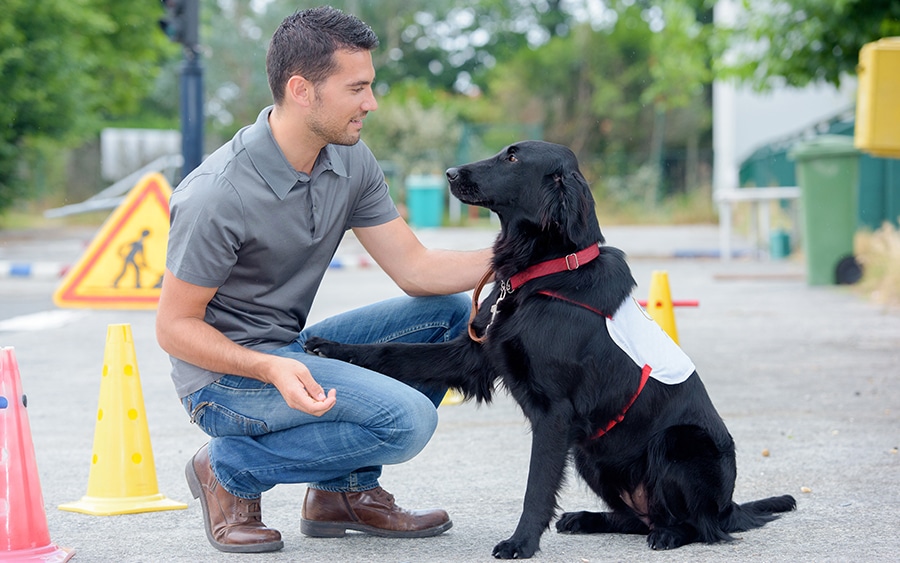Why Consistency is Key in Dog Training for Long-Term Success
Why Consistency is Key in Dog Training for Long-Term Success
Blog Article
Newbie's Guide to Successful Canine Training in the house
Efficiently training a dog in your home calls for a nuanced understanding of canine actions and reliable interaction approaches. Developing clear training goals, using high-grade incentives, and keeping uniformity across family members are essential elements. Moreover, integrating training into day-to-day regimens can improve both interaction and retention. Numerous newbie trainers encounter difficulties that may prevent progress. To navigate these intricacies successfully, it's necessary to explore a number of key elements that can change your technique and bring about a harmonious connection with your pet. What fundamental concepts should every novice understanding to make certain success?
Recognizing Pet Actions
Comprehending canine behavior is vital for efficient training and fostering a harmonious partnership between people and their canine buddies. Canines communicate mainly with body movement, vocalizations, and faces, making it crucial for owners to translate these signals properly. Acknowledging behaviors such as tail wagging, growling, or cring can provide insights right into a dog's mood and intentions.

Usual behavioral problems, such as aggressiveness, anxiousness, or too much barking, often come from misconceptions or unmet requirements. Observing and addressing these issues without delay can protect against escalation and make certain a favorable training experience. By fostering a deep understanding of canine actions, owners can customize their training approaches to match their canine buddies, inevitably resulting in a mannerly and contented animal.
Necessary Educating Tools
A fully equipped training room can considerably improve the performance of dog training at home. Vital training devices guarantee that both the instructor and the canine can participate in effective sessions that foster knowing and bonding.

Investing in a strong leash and a comfortable, well-fitting collar or harness is crucial for security and control. These tools help develop borders and make certain the canine remains safe and secure during training. In addition, a marked training location, devoid of distractions, aids concentration for both the canine and the fitness instructor.
Training aids such as training pads, cones, or agility tools can likewise enhance the experience by presenting range and difficulties. Having a note pad or electronic app for tracking progress can be invaluable, allowing you to note successes and locations for enhancement. Using these important devices will certainly create a positive training environment and lay the structure for effective Web Site knowing.
Producing an Educating Routine
Establishing a consistent training routine is vital for reliable pet dog training in your home. A well-structured routine not only aids in enhancing desired behaviors but additionally provides your pet with a sense of protection and predictability. To produce a reliable training regular, start by determining specific training goals, such as basic commands, chain strolling, or housebreaking.
Choose an assigned time daily for training sessions, preferably when your pet is receptive and sharp. Procedure needs to be brief, around 5 to 15 mins, to preserve emphasis and prevent fatigue. Uniformity in timing and setting will boost your dog's understanding experience.
Incorporate training into everyday activities to reinforce abilities. For example, method commands throughout strolls or nourishment, which incorporates finding out into natural regimens. Additionally, remain adaptable and readjust the routine as required, accommodating your pet dog's energy levels and state of mind.
Favorable Support Techniques
Positive reinforcement techniques are basic to effective pet dog training, advertising preferred behaviors via rewards as opposed to penalty. This method utilizes favorable stimulations, such as treats, praise, or play, to urge canines to duplicate details actions. The keystone of this technique is timing; benefits must be provided promptly complying with the wanted actions to create a clear organization.
When you can try this out executing favorable reinforcement, it is important to select rewards that are inspiring for your dog. High-value treats, such as tiny items of poultry or cheese, can be particularly efficient throughout training sessions. Additionally, differing the incentives can keep your dog's passion and enthusiasm.
Begin with straightforward commands, like "sit" or "remain," and slowly development to extra intricate jobs. Uniformity is essential; make sure that all relative use the very same commands and reward systems to stay clear of confusion.
Additionally, it is important to remain patient and prevent aggravation. Pets, like humans, learn at their very own speed. By fostering a supportive training environment through favorable reinforcement, you can improve your dog's discovering experience while enhancing the bond between you and your fuzzy friend, preparing for effective training end results.
Common Educating Obstacles
While training a canine at home can be a gratifying experience, it commonly includes a set of common difficulties that can test both persistence and uniformity. One widespread problem is disturbance. Dogs may end up being conveniently sidetracked by noises, movements, or perhaps scents in their environment, making it hard to keep their emphasis throughout training sessions.
An additional obstacle is incongruity in commands and support. It can puzzle the dog and hinder progression if household participants make use of various signs or incentives. Establishing a unified method is crucial for reliable interaction.
In addition, pet dogs can experience frustration or tension, particularly if they do not comprehend what is expected of them. This can bring about unwanted habits, such as barking or chewing.
Lastly, the timing of reinforcement is essential (Dog training). Postponed benefits can decrease the effectiveness of positive reinforcement, as pets may fall short to connect the habits with the benefit
Getting over these difficulties requires dedication, clear communication, and an organized training plan. Acknowledging and dealing with these typical barriers will lead the way for a much more enjoyable and effective training experience at home.
Verdict
To conclude, effective canine training in the house requires a comprehensive understanding of canine habits and effective interaction techniques. By developing clear training goals and making use of premium treats together with favorable reinforcement, the training procedure becomes extra gratifying for both the instructor and the dog. Uniformity, flexibility, and persistence are crucial elements that promote knowing. Inevitably, integrating training into everyday regimens boosts the bond between pet and owner, making the experience both pleasurable and productive.
Developing a constant training routine is vital for efficient pet training at home.Favorable support methods are fundamental to effective canine training, promoting desired habits through rewards rather than penalty (Dog training). By promoting a helpful training atmosphere with positive support, you can enhance your dog's understanding experience check out here while strengthening the bond in between you and your fuzzy companion, laying the foundation for effective training end results
In final thought, successful dog training at home demands a comprehensive understanding of canine actions and efficient communication approaches. By developing clear training goals and utilizing high-quality deals with alongside favorable support, the training process comes to be a lot more satisfying for both the canine and the trainer.
Report this page